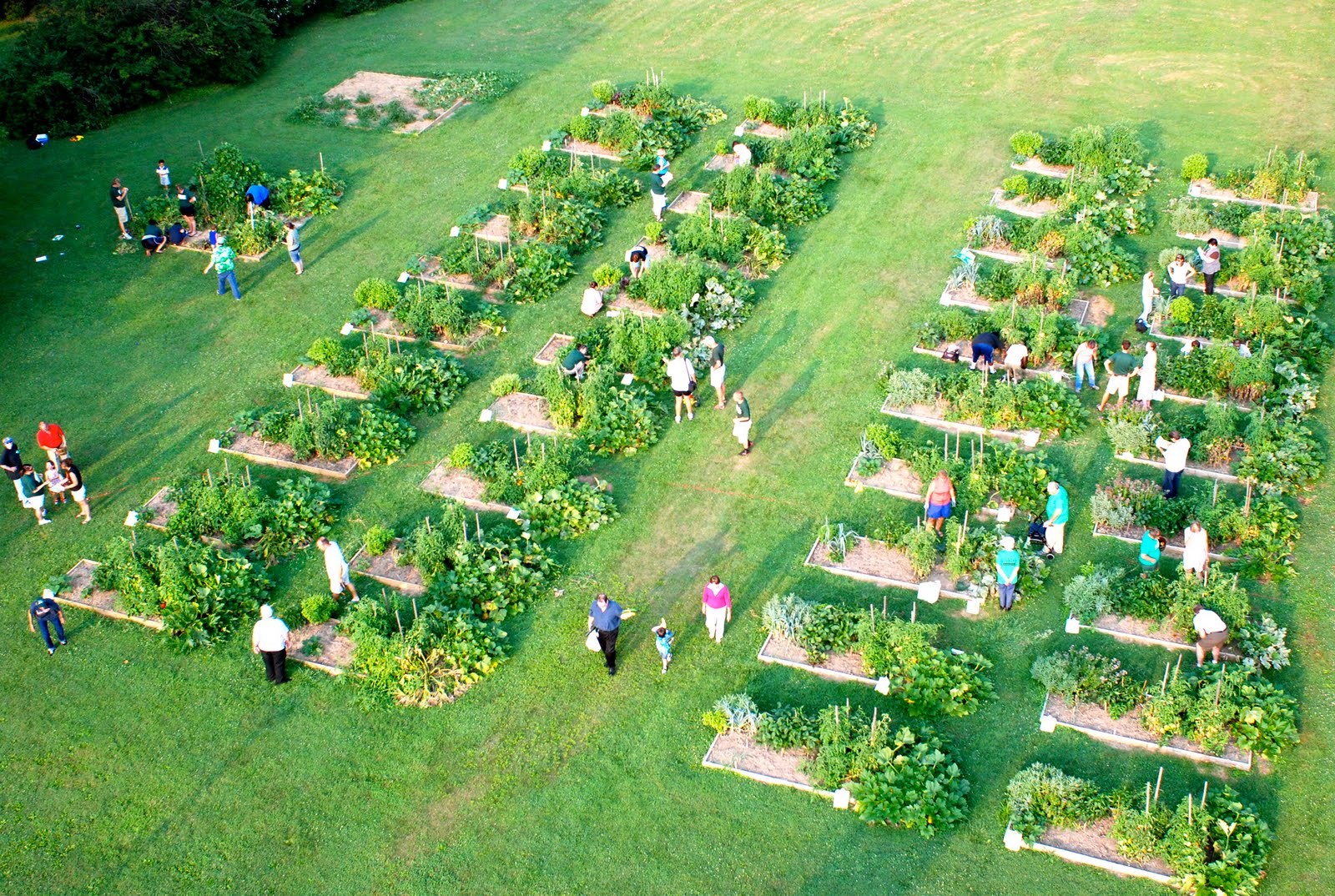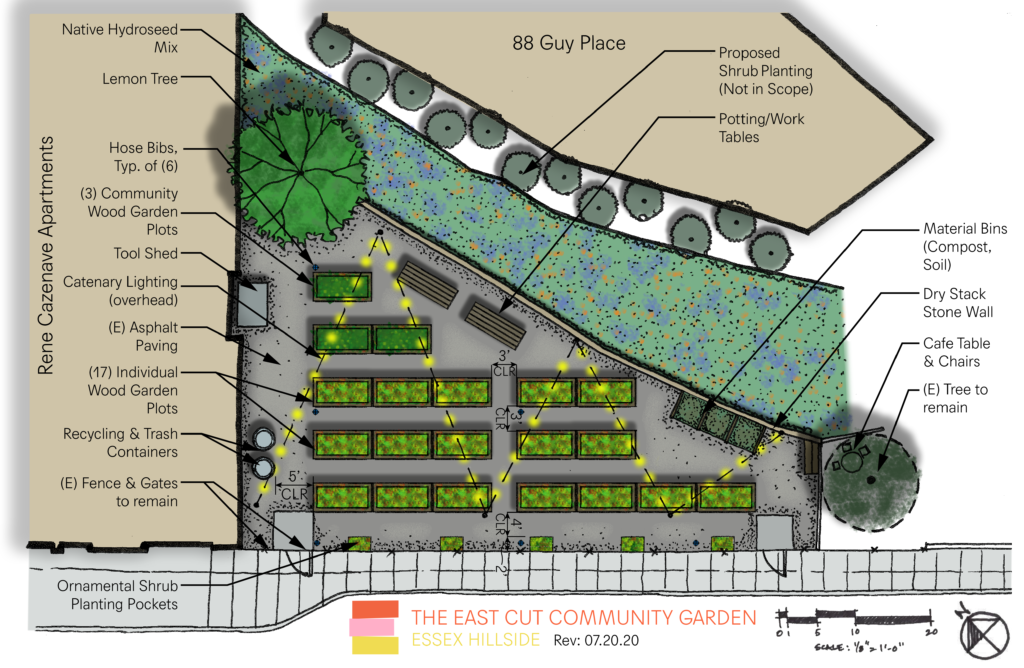How to Start a Community Garden: A Step-by-Step Guide

Imagine a lush, green oasis in the heart of your neighborhood, where fresh produce grows and community bonds flourish. This isn't just a dream; it's a reality that you can create by starting a community garden. But where do you begin? This comprehensive guide will walk you through the steps, from community garden planning to securing garden project funding, and provide urban gardening tips to ensure your green space thrives. Let's dive in!
Why Start a Community Garden?
Before we delve into the how, let's explore the why. Community gardens offer numerous benefits, including access to fresh, healthy food, neighborhood beautification, and strengthened community engagement. They also provide educational opportunities and promote environmental stewardship. Convinced yet? Let's get started!
Community Garden Planning
Step 1: Gauge Interest and Form a Planning Committee
The first step in your community garden project is to gauge interest. Talk to neighbors, local businesses, and community organizations. If there's enthusiasm, form a planning committee. This core group will be instrumental in driving the project forward.
Step 2: Identify Your Mission and Goals
What do you hope to achieve with your community garden? Will it focus on education, food production, or beautification? Your mission and goals will guide your decisions and help you measure success.
Step 3: Choose a Location
Finding the right spot is crucial. Consider factors like sunlight, water access, and soil quality. Vacant lots, school yards, and parks can all be transformed into urban gardens. Websites like Groundtruth offer tools for evaluating potential sites.
Garden Project Funding
Step 4: Develop a Budget
Create a detailed budget that includes startup costs (like soil, seeds, and tools) and ongoing expenses (such as water and maintenance). This will give you a clear picture of your financial needs.
Step 5: Secure Funding
Explore funding options, including grants, crowdfunding, and local sponsorships. The American Community Gardening Association offers a list of potential funding sources.
Community Engagement
Step 6: Engage Your Community
A community garden is only as strong as its members. Host meetings, distribute flyers, and use social media to keep your community informed and involved. Encourage volunteers to bring their unique skills and ideas to the table.
Step 7: Establish Rules and Guidelines
To ensure your garden runs smoothly, establish clear rules and guidelines. This includes plot assignments, watering schedules, and conflict resolution strategies.
Urban Gardening Tips
Step 8: Design Your Garden
Consider factors like accessibility, aesthetics, and functionality when designing your garden. Include features like pathways, seating areas, and composting stations.

Step 9: Prepare Your Soil
Healthy soil is the foundation of a successful garden. Test your soil's pH and nutrient levels, and amend it as needed with compost or other organic matter.
Step 10: Plant Your Garden
Choose plants that are well-suited to your climate and soil conditions. Consider a mix of vegetables, herbs, and flowers to attract pollinators and create a diverse ecosystem.
Step 11: Maintain Your Garden
Regular maintenance is key to a thriving garden. This includes watering, weeding, and pest management. Create a maintenance schedule and assign tasks to volunteers.
Garden Project Steps: Bringing It All Together
Starting a community garden is like planting a seed. With careful nurturing, it will grow into something beautiful and beneficial. Here's a recap of the steps:
- Gauge interest and form a planning committee.
- Identify your mission and goals.
- Choose a location.
- Develop a budget.
- Secure funding.
- Engage your community.
- Establish rules and guidelines.
- Design your garden.
- Prepare your soil.
- Plant your garden.
- Maintain your garden.
Conclusion
Starting a community garden is a rewarding journey that can transform your neighborhood and bring people together. By following these steps, you'll be well on your way to creating a vibrant, sustainable green space. So, what are you waiting for? Grab your gloves and let's get growing!
FAQs
How do I find land for a community garden? Look for vacant lots, school yards, or parks. Reach out to local landowners, schools, or parks departments to discuss potential sites.
How much does it cost to start a community garden? Costs vary depending on size and scope. A small garden might start at $500, while larger projects can cost thousands. Develop a detailed budget to understand your financial needs.
How do I engage my community in the garden project? Host meetings, distribute flyers, and use social media to keep your community informed. Encourage volunteers to bring their unique skills and ideas to the table.
What should I plant in my community garden? Choose plants that are well-suited to your climate and soil conditions. Consider a mix of vegetables, herbs, and flowers to attract pollinators and create a diverse ecosystem.
How do I maintain a community garden? Regular maintenance is key. Create a maintenance schedule that includes watering, weeding, and pest management, and assign tasks to volunteers.

By following this guide, you'll be well-equipped to start a community garden that brings beauty, bounty, and connection to your neighborhood. Happy gardening!
0 Response to "How to Start a Community Garden: A Step-by-Step Guide"
Post a Comment